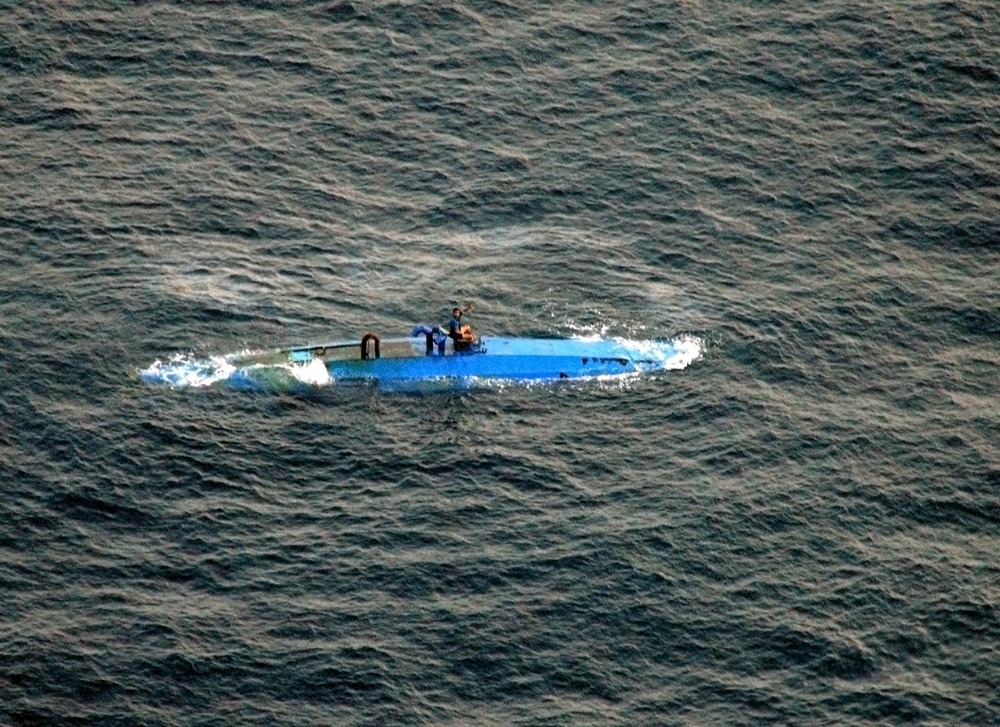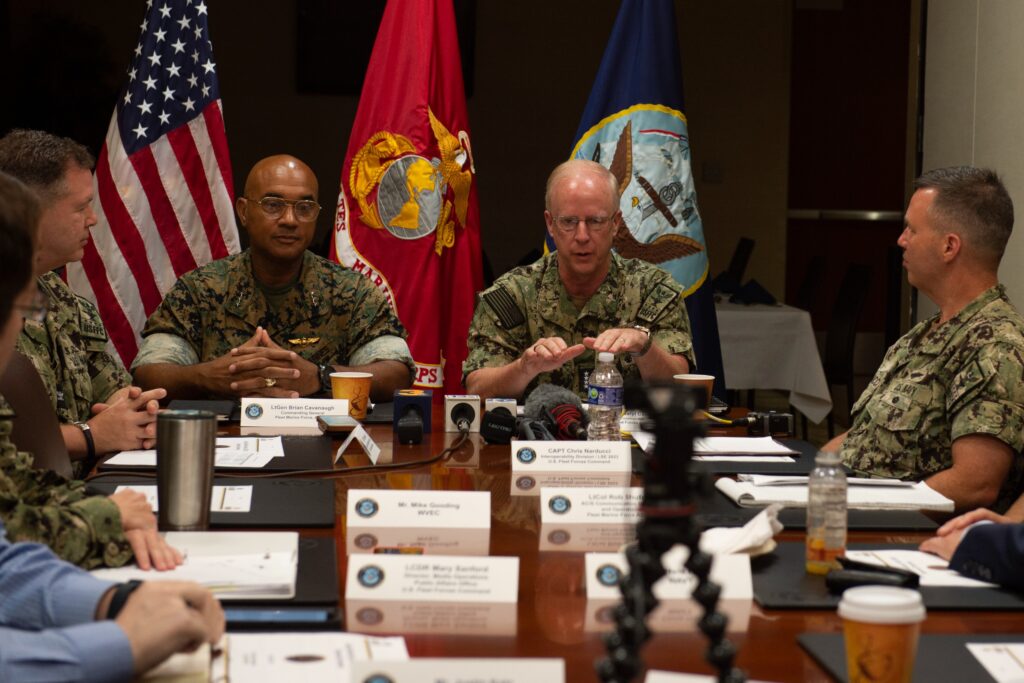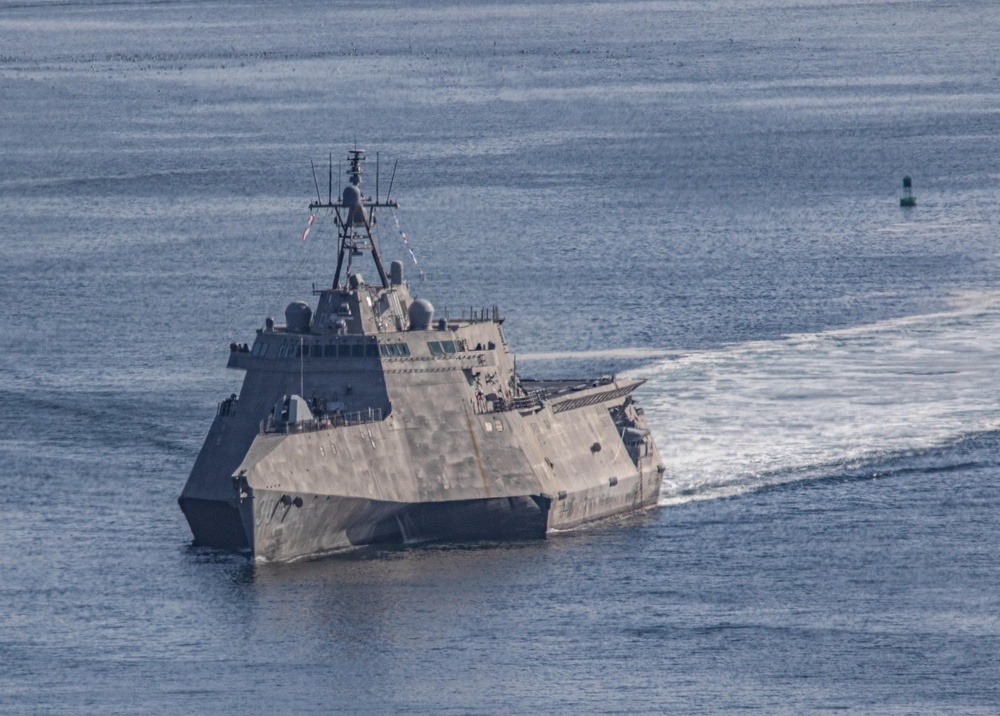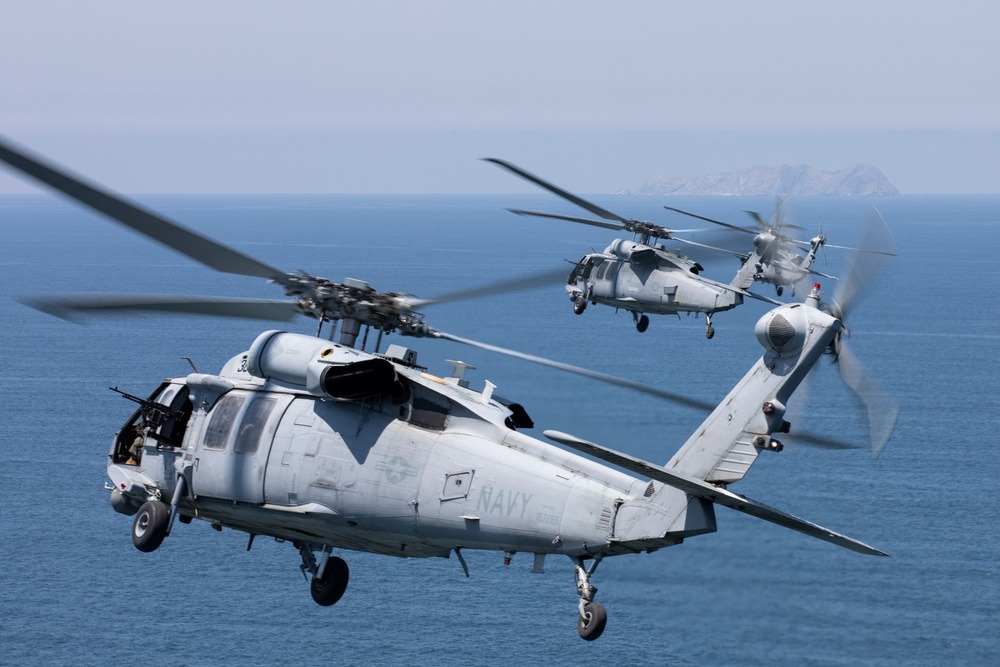Systems Models Keep Submarines Mission Ready
BY TRACY GREGORIO
An important, yet often underappreciated challenge for undersea warfare is keeping submarine systems well-maintained and available. Every command has a budget for reliability, maintainability, and availability (RMA), but those resources are limited and need to be carefully allocated to keep warfighting systems mission-ready.
For decades now, maintenance planning has been performed by seasoned engineers who understand how component lifecycles and failure rates can affect their systems. This process of expert-driven failure modes and effects analysis (FMEA) is time consuming, expensive, and can take months to complete by veterans whose expertise is sorely needed elsewhere.
Additional time is also needed to evaluate changes using the Risk Management Framework (RMF), to identify cybersecurity vulnerabilities that may degrade system availability.
Model-Based Approach.
To address this challenge, a model-based system engineering (MBSE) approach is starting to automate failure mode analysis, facilitating more efficient RMA planning. This shift provides additional time for design optimization, refinement of reliability predictions, and comprehensive analysis of casualty reporting. The result is better mission-readiness for our fleet, while consuming fewer resources.
Reliability analysis is important to ensure that a warfighting platform has no single point of failure across its many components. Between a ship’s tight spaces and funding limitations, it’s impossible to go to sea with spares for everything.
One organization using this new MBSE approach is the Undersea Communications & Integration Program Office, PEO C4I / Program Manager, Warfare (PMW 770). Their Program Manager, Captain David Kuhn explained, “If spares are not available, we have to plan for alternate ways of accomplishing a mission, even if it’s less stealthily. To ensure we optimize our ability to change parts and/or have redundant paths for missions, we build forecasts based on how often parts are used. If a component fails early and there is no spare on board, it could be a mission kill.”
The MBSE models enable program managers, like Kuhn, to create forecasts better and faster, while
tying together different engineering disciplines and stakeholder communities. “Engineers specialized in systems design, cyber, and reliably each have their own approach,” said Kuhn. “They need different views and have historically used different models. Now they use the same model, each getting the views they need, and enabling analysis that just couldn’t be done before.”
Confidence in Outcomes
These consolidated models enable analysis and simulation on a fully validated data set that increases confidence in predicted outcomes. Kuhn illustrated the value of this analysis by describing a recent upgrade needed to improve system monitoring through the addition of passive data taps. “What normally would have needed 60 or 90 days we accomplished in a couple weeks, letting us quickly deploy the upgrades to the fleet.”
The models also enable green or less experienced engineers to address critical maintenance planning elements. “MBSE helps new people coming on to look at a failure diagram and understand it faster and more accurately,” notes Kuhn.
This MBSE approach is being used by engineers adapting systems to field on the new classes of submarine to plan and optimize their maintenance schemes. This approach will ensure that component failures don’t interfere with the platform’s most important mission threads.
“The hull designs of the new sub class have an impact on how we design and maintain our antenna systems,” explained Kuhn. “Through the MBSE model, we saw how a change in one subsystem increased tensions in another. While each element was meeting its defined requirements, the model showed that failure risk increased. While we might have eventually caught the issue, the model helped us see it easily and early in the design cycle.”
The MBSE model also generates the reports and views needed to get system changes through the
RMF approval process. Kuhn, explaining the practical consequences, stated, “We use the model to assess RMF compliance faster and with more accuracy, in part by eliminating the possibility of ‘fat finger’ data re-entry errors. Our team says they can complete RMF diagrams in a third of the normal time.”
That is a huge time-saver for engineers, and a safety net against errors. The system uses the following key components:
- A digital model of the warfighting platform is created to replicate all components, connections, and system functionality. This model is capable
of simulating every system operation, effectively capturing the interactions between various components. It also illustrates their relationship with the officers and sailors who are responsible for the operation and maintenance of the system. - The model is populated with reliability data
from COTS manufacturers and field experience, generating reliability diagrams correlated to mission threads. - Engineers use the model to simulate planned maintenance or upgrades and test operational threads for mission success, reviewing different alternatives for impacts on mission readiness.
- The models export field-level instructional resources directly into interactive electronic technical manuals (ITEMs). This reduces the
cost and time needed to give sailors up-to-date information for their individual hull, so they can maintain mission readiness and quickly respond to unexpected failures.
This approach is not limited to the latest-generation submarines. Maintenance planners are constantly dealing with obsolescence replacement.
“Our C4I systems make heavy use of commercial off-the-shelf servers and hard drives that go obsolete in as little as four years,” said Kuhn. “The models help us identify where one change drives a companion change in another system. For instance, we might need to make a firewall change for data to flow properly. We have to replace those elements quickly without waiting for a major availability cycle that might be five years out. We can’t afford for our systems to be the reason a sub is not out at sea.”
Transition Challenges
There are challenges in moving to a new approach in terms of the tools and skillsets needed by the workforce. Comparing MBSE transition challenges to those encountered during the shift to Computer-Aided Design (CAD), Kuhn said, “Just as we had to transition from engineers with drafting expertise into those who could work in CAD, now we need engineers that know how to use MBSE tools. It’s not as easy as opening Microsoft Word, but it can be done. The real key will be changing entire processes to adapt to the MBSE models. Using the same old processes, but just layering on the new tools will not be effective. It requires a cultural change, just as happened when we went from pencil drafting to CAD.”
This approach can improve the maintainability of any sea-going platform with integrated MBSE models that span engineering disciplines, cyber, RMF compliance, and reliability. It doesn‘t happen overnight, but can make an impact, one model and one command at a time.










